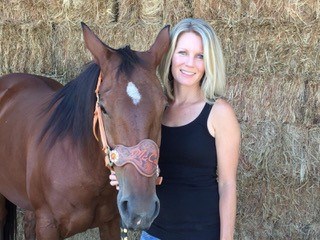PPID Risk Factors in Horses Studied
- Topics: Article, Cushing's Disease
Veterinarians and scientists have made great strides in understanding, diagnosing, and treating pituitary pars intermedia dysfunction (PPID, often referred to as equine Cushing’s disease)—a neuro-degenerative disorder of aged horses, in which dopamine production of the pituitary gland decreases. However, questions about the disease still abound. Researchers from Australia and the United Kingdom recently completed a two-part study in an effort to shed more light on PPID prevalence and risk factors.
“I think (PPID) goes unrecognized as people for years have thought of weight loss, sway back, and even long hair coat as simply signs of aging; it is not until something like laminitis happens that they are triggered into seeing the vet,” reported Cathy McGowan, BVSc, DipVetClinStud, MACVSc, PhD, DEIM, Dipl. ECEIM, FHEA, MRCVS, Head of Equine Internal Medicine and Director of Veterinary Continuing Professional Development at the Institute of Aging and Chronic Disease at University of Liverpool, England.
To better understand PPID prevalence and risk factors, the researchers gathered information on a large group of aged horses in Queensland, Australia, by mailing questionnaires to area horse owners. The team asked owners to complete the survey for any horses aged 15 or older. They hoped to collect data on horse details and history, observed signs of PPID, management practices, and welfare concerns through the survey. The team narrowed down the 974 questionnaire responses returned and then worked with a subgroup of 325 horses whose owners agreed to have the animals evaluated by a veterinarian.
A study veterinarian examined each horse and collected blood samples. Horses were diagnosed with PPID if increases in adrenocorticotropic hormone (ACTH) concentrations were found to be above the seasonally-adjusted reference ranges
Create a free account with TheHorse.com to view this content.
TheHorse.com is home to thousands of free articles about horse health care. In order to access some of our exclusive free content, you must be signed into TheHorse.com.
Start your free account today!
Already have an account?
and continue reading.

Written by:
Casie Bazay, NBCAAM
Related Articles
Stay on top of the most recent Horse Health news with












